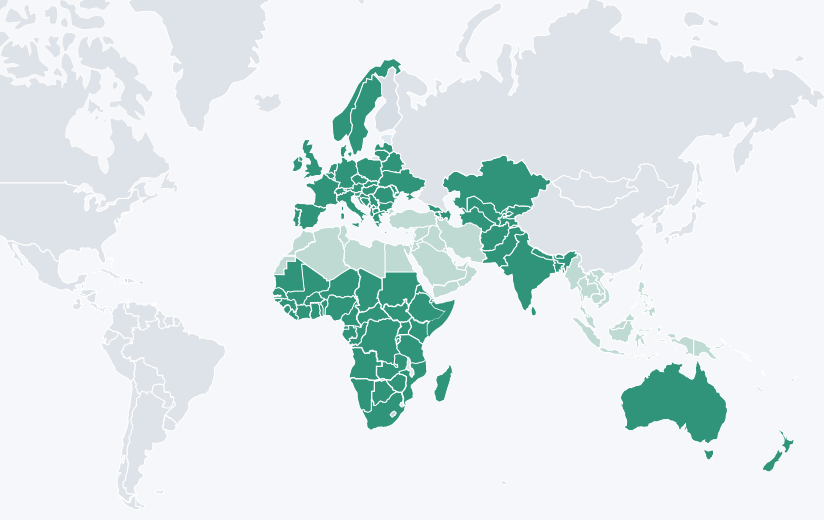This research report is a case study on the relationship between trauma, peacebuilding, and reintegration for conflict-affected youth in the Central African Republic (CAR) following the 2019 peace agreement. Based on qualitative research fielded in Spring 2022, the study examines how youth experience conflict, trauma, and reintegration in CAR, highlighting individual experiences through a participant narrative approach. In doing so, the report provides localized insight into the challenges that impact social reintegration and cohesion in fragile, conflict-affected contexts. The report further underscores the implications of these insights for local and international efforts to establish peace and security through disarmament, demobilization, and reintegration (DDR) programs and community violence reduction (CVR) initiatives.In addition to standard data collection methods such as interviews and focus group discussions, data collection undertaken for this report utilized a trauma-informed method called body mapping. The use of body maps—life size images of a human body with visual representations of experiences— in research can offer a means for individuals to reflect on potentially difficult experiences through a non-verbal process. Given the potential relevance of this tool in future studies examining the nexus between conflict, reintegration, mental health, and trauma, this report also includes discussion of the implementation of this method with considerations for others hoping to adapt it for their own use.Suggested citation: Zerla, Pauline. Trauma, Violence Prevention, and Reintegration: Learning from Youth Conflict Narratives in the Central African Republic. Washington, DC: RESOLVE Network, 2023. https://doi.org/10.37805/lpbi2024.1.This publication and research were produced with funding from the U.S. Agency for International Development (USAID)’s Africa Bureau. RESOLVE would like to thank USAID’s Africa Bureau for its generous support for this report and RESOLVE’s Learning from Local Peacebuilding Approaches Research Initiative.The views expressed in this publication are those of the authors. They do not necessarily reflect the views of the RESOLVE Network, acknowledged partners contributing to the production of this publication,the U.S. Institute of Peace, or any entity of the U.S. government.
James Khalil, Yahye Abdi, Sif Heide-Ottosen, Abdullahi Ahmed Nor, and Martine Zeuthen
|
The ‘Off-Ramp’ from al-Shabaab: Disengagement During the Offensive in Somalia
Al-Shabaab has been evicted – at least temporarily – from scores of towns and villages in the central Somali Federal Member States of Hirshabelle and Galmudug since summer 2022. While this began as an ‘organic’ uprising led by clan militias (the Ma’awisley) against the insurgent’s excessive demands for ‘taxation’ and recruits, it soon transformed into a major state offensive. Within this context, in May 2023 our team conducted interviews with former members of al-Shabaab who had been based in these locations to explore how and why they left the organization, with a particular focus on the extent to which their decisions to disengage were influenced by the offensive, and how their clans helped motivate and facilitate exit.Suggested citation: Khalil, James, Yahye Abdi, Sif Heide-Ottosen, Abdullahi Ahmed Nor, & Martine Zeuthen. The ‘Off-Ramp’ from al-Shabaab: Disengagement During the Offensive in Somalia. Washington, DC: RESOLVE Network, 2023. https://doi.org/10.37805/lpbi2023.1.This publication and research were produced with funding from the U.S. Agency for International Development (USAID)’s Africa Bureau. RESOLVE would like to thank USAID’s Africa Bureau for its generous support for this report and RESOLVE’s Learning from Local Peacebuilding Approaches Research Initiative.The views expressed in this publication are those of the authors. They do not necessarily reflect the views of the RESOLVE Network, acknowledged partners contributing to the production of this publication,the U.S. Institute of Peace, or any entity of the U.S. government. Updated: December 18, 2023.
James Khalil, Yahye Abdi, Andrew Glazzard, Abdullahi Ahmed Nor, and Martine Zeuthen
|
Reaching Behind Frontlines: Promoting Exit from al-Shabaab through Communication...
This research was conducted in the context of a Somali state offensive in the Federal Member States of Hirshabelle and Galmudug that generated more territorial gains from al-Shabaab than any other military campaign since the mid-2010s. Such conditions provide fertile ground for disengagement from the insurgents, with many ex-members enrolled into the National Program for the Treatment and Handling of Disengaged Combatants. A core element of this program is its communications pillar, which seeks to promote disengagement through a variety of channels, including radio, television, social media, phone conversations, leaflets, and word-of-mouth. This research aims to inform these campaigns, drawing from interviews conducted in May 2023 with former members of al-Shabaab at the Serendi center in Mogadishu.Suggested citation: Khalil, James, Yahye Abdi, Andrew Glazzard, Abdullahi Ahmed Nor, & Martine Zeuthen. Reaching Behind Frontlines: Promoting Exit from al-Shabaab through Communications Campaigns. Washington, DC: RESOLVE Network, 2023. https://doi.org/10.37805/lpbi2023.2.This publication and research were produced with funding from the U.S. Agency for International Development (USAID)’s Africa Bureau. RESOLVE would like to thank USAID’s Africa Bureau for its generous support for this report and RESOLVE’s Learning from Local Peacebuilding Approaches Research Initiative.The views expressed in this publication are those of the authors. They do not necessarily reflect the views of the RESOLVE Network, acknowledged partners contributing to the production of this publication,the U.S. Institute of Peace, or any entity of the U.S. government. Updated: December 18, 2023
